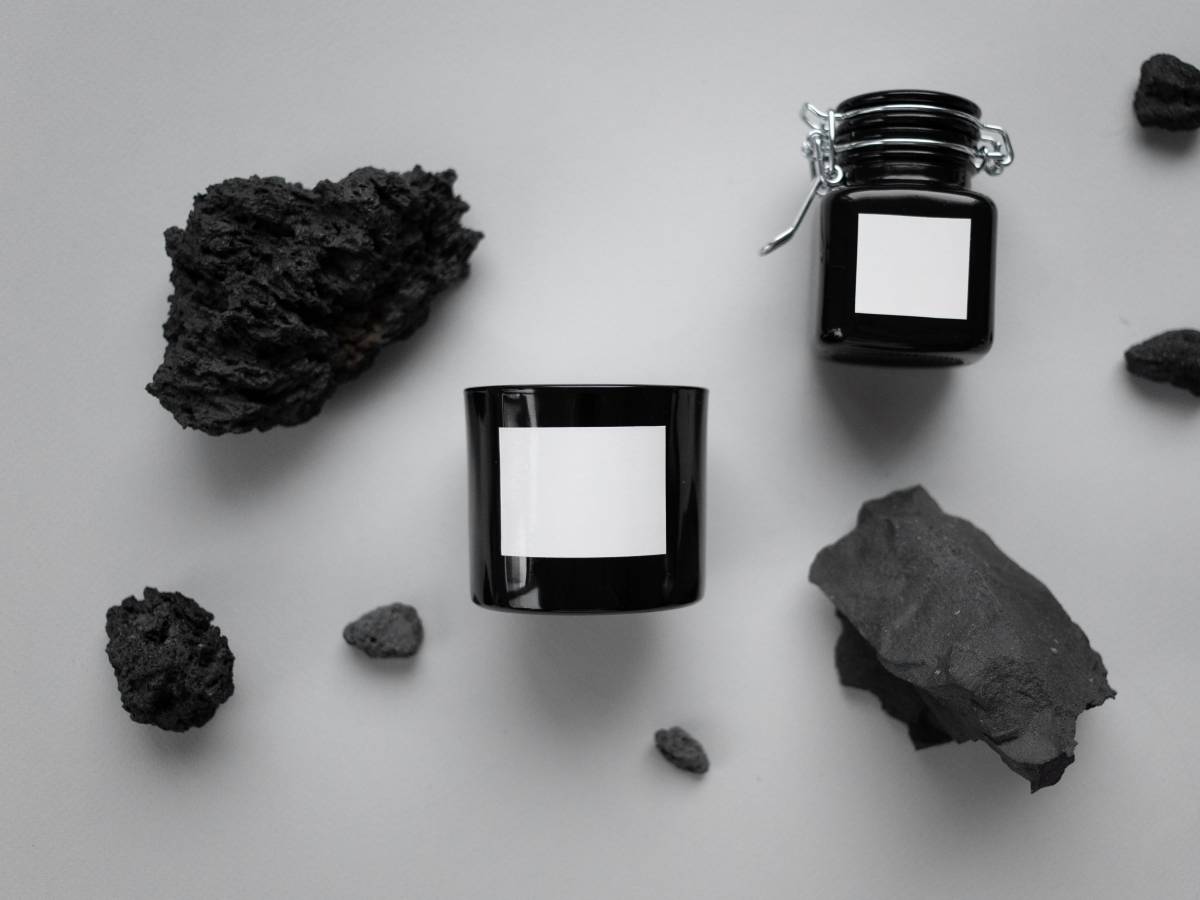In recent times we hear more and more often about the detoxifying effect of charcoal on seborrheic-prone skin and hair. On the market there are cosmetics based on this active ingredient for all budgets and of various types. Serums, masks, scrubs that promise to purify the skin and scalp effectively and delicately at the same time. What’s true about all this? Let’s find out together and also remember that vegetable charcoal has countless other uses. We talked about it in this one item.
What is charcoal
Vegetable charcoal, which comes in the form of a very fine black powder, sticks or tablets, is a product of natural origin that has been appreciated since ancient times. It is obtained from combustion without flames of different types of wood (willow, birch, bamboo, poplar) and the remains of nuts (nightscoconut).
The material is brought to very high temperatures, even 500 degrees. This operation simulates what happened centuries ago when the woody materials decayed in a natural way between the substrates of soil and rocks were subjected to considerable compressions.
Subsequently, the charcoal undergoes further combustion without a direct flame but in the presence of water vapour, and it is precisely the humidity that allows it to “activate”, thus becoming porous and capable of absorbing numerous substances with which it comes into contact. And, as we will now see, this is precisely the main property exploited in the cosmetic field.
The properties of charcoal
To say that vegetable charcoal is able to absorb a large quantity of substances in a remarkable way means, from a strictly chemical point of view, that it binds to them and drags them away thanks to the fine granular particles of which it is composed. Therefore, it acts like a real one natural magnet. That’s why, when used in a skin and hair care product, it can:
- Eliminate the accumulation of sebum and others toxins;
- Keep an eye on the acne manifestations;
- Counteract the appearance of zits e black dots;
- To donate shine alla cute;
- Delete the dead cells from the scalp;
- Make it visibly more very much e bulky the crown.
One of the most interesting peculiarities of charcoal is its extreme delicacy. Despite the detox effect, it behaves gently, so it doesn’t cause irritation, redness and the dreaded rebound effect.
Vegetable charcoal and combination and oily skin
Combination and oily skin have one characteristic in common: seborrhea. In the case of mixed skin, the excess of sebum is localized in the zone T (forehead, nose, chin), while the other areas (edges of the face, cheeks, corners of the nose, eye contour) are normal or dry. Other peculiar manifestations are dilated pores, pimples, blackheads, post-inflammatory spots. Combination skin recognizes different causes: genetic predisposition, deficiency or high concentration of the enzyme 5-alpha reductase, excessive cleansinguse of aggressive cosmetics that alter the hydrolipidic film of the epidermis.
On the other hand, we speak of oily skin when the seborrhea is distributed evenly over the entire face. With a greasy and shiny appearance and a dull complexion, the skin appears rough when stretched. The irregularity is given by the presence of dilated pores, acne lesions and old scars. Also in this case the causes are numerous: excess of adrenal corticosteroids, cortisol and progesterone, polycystic ovary syndromediet rich in fats, intake of cortisone and anabolic steroids, use of aggressive and poor quality detergents.
Whether the skin is mixed or oily, the watchword is to purify delicately. For this purpose, creams, masks and exfoliants based on vegetable charcoal are useful. There are many products on the market with varying concentrations, however it is also possible to prepare cosmetics at home. For example, to get one scrub ten doses of charcoal powder are mixed with four tablespoons of olive oil and a teaspoon of honey. The compound obtained is applied to the face once a week.
Charcoal and greasy hair
Greasy, dull and unmanageable. This is how greasy hair appears. Seborrhea is almost always caused by a hormonal disorder. To be precise, it occurs in conjunction with the hyperactivity of enzymes belonging to the family of 5-alfa reducted. However, other factors can also cause the heaviness of the hair: pollution, humidity, psycho-physical stress, diet rich in caloric foods, malnutrition, cigarette smoke, the tendency to touch hair with dirty hands. Attention, then, to the use of aggressive shampoos that cause the rebound effect.
Sometimes oily hair is associated with a condition known as seborrheic dermatitis. It is characterized by a change in the composition of the sebum induced by particular microorganisms, such as Malassezia furfur o Pityrosporum. The inflammation of the scalp which improves in the summer thanks to the regenerating action of the sun’s rays, manifests itself with: redness, itching, yellowish-red papules, thinning hair, bad smell, dry or greasy and yellow scales.
Vegetable charcoal is able to detoxify the scalp by removing excess sebum and dead cells. In this regard, specific detergents can be used or the powder can be added to one shampoo neutral which will have to be used twice a week. If the lengths appear too dry, it is possible to hydrate them with DIY masks based on honey, olive oil or coconut butter.
